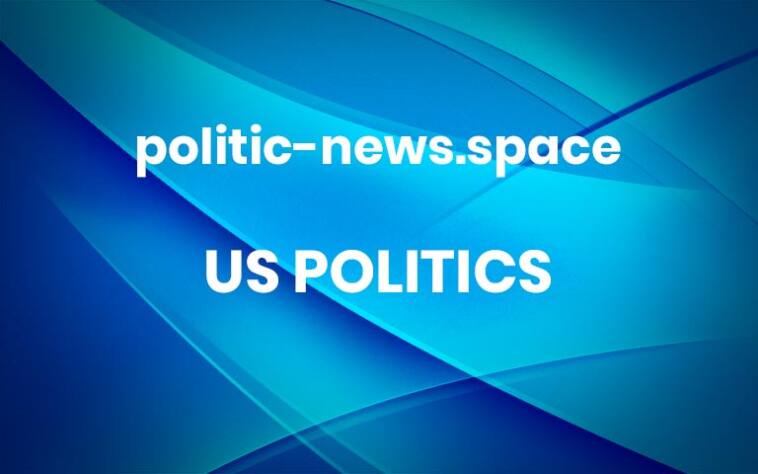Cuba denounces US seizure of oil tanker off Venezuela’s coast as ‘piracy’
Cuban foreign ministry called US military action ‘maritime terrorism’ under a policy of ‘economic suffocation’Cuban officials have denounced the US seizure of the Skipper oil tanker off Venezuela’s coast on Wednesday, calling it an “act of piracy and maritime terrorism” as well as a “serious violation of international law” that hurts the Caribbean island nation and its people.“This action is part of the US escalation aimed at hampering Venezuela’s legitimate right to freely use and trade its natural resources with other nations, including the supplies of hydrocarbons to Cuba,” the Cuban foreign ministry statement said. Continue reading… More


